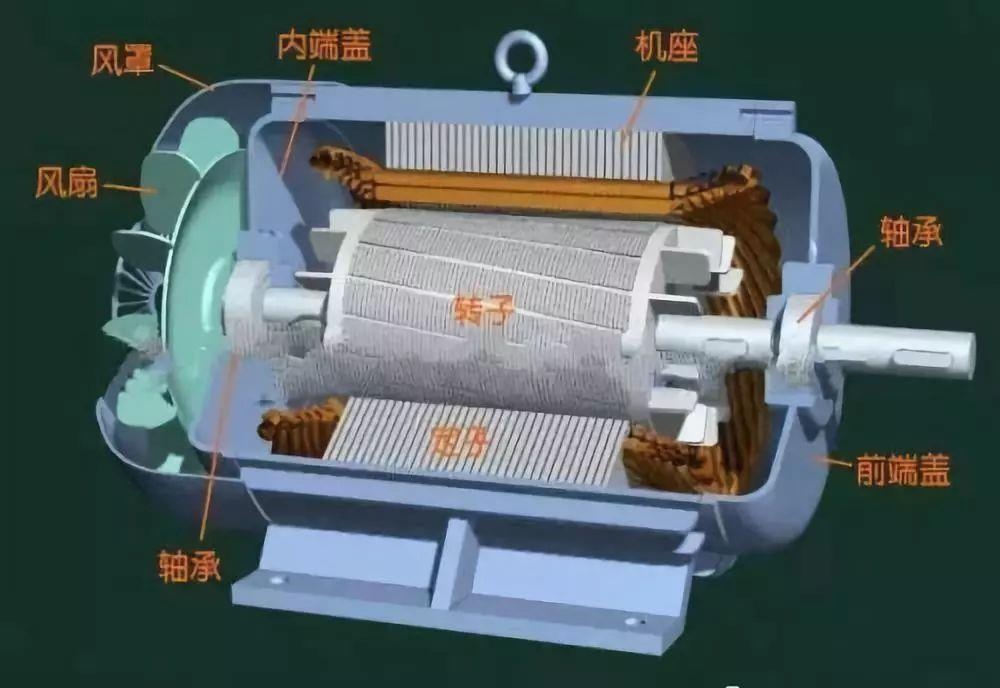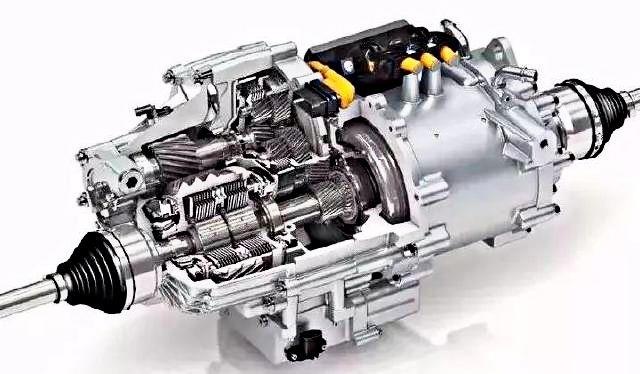New energy vehicle motor vs industrial motor, what is the difference?
Date:2022-09-20 Author:Shandong Xinda Motor Co., Ltd.

Comparison of advantages and disadvantages of various new energy motors


Comparison of advantages and disadvantages of various new energy motors
